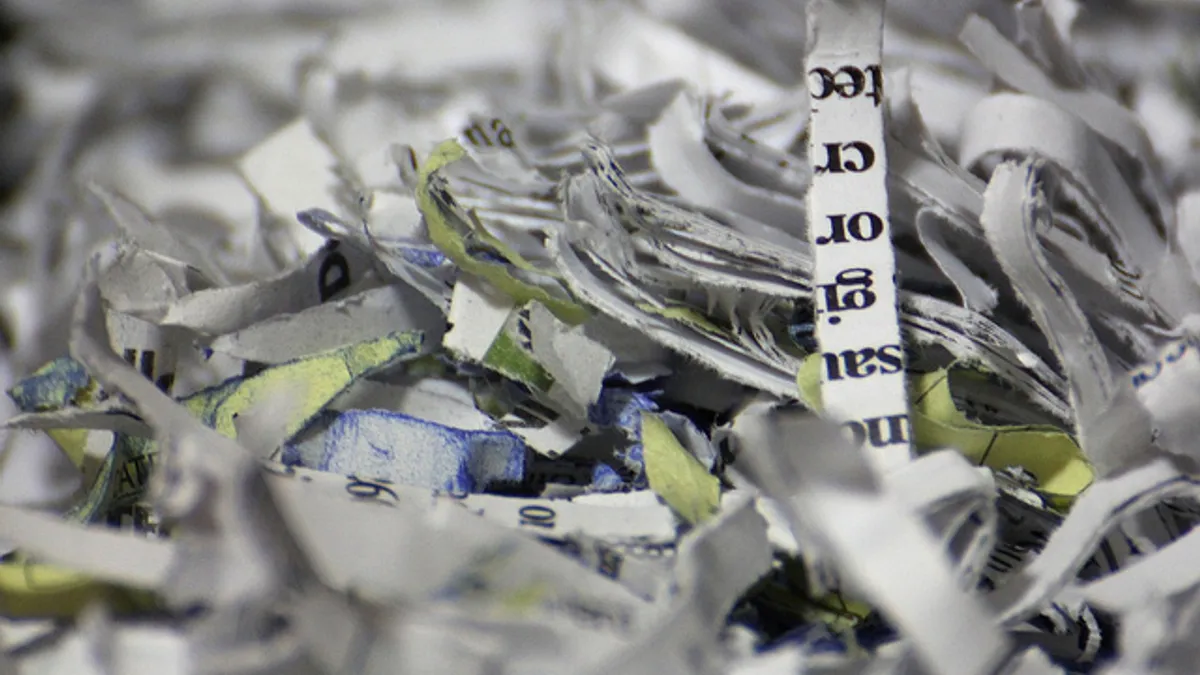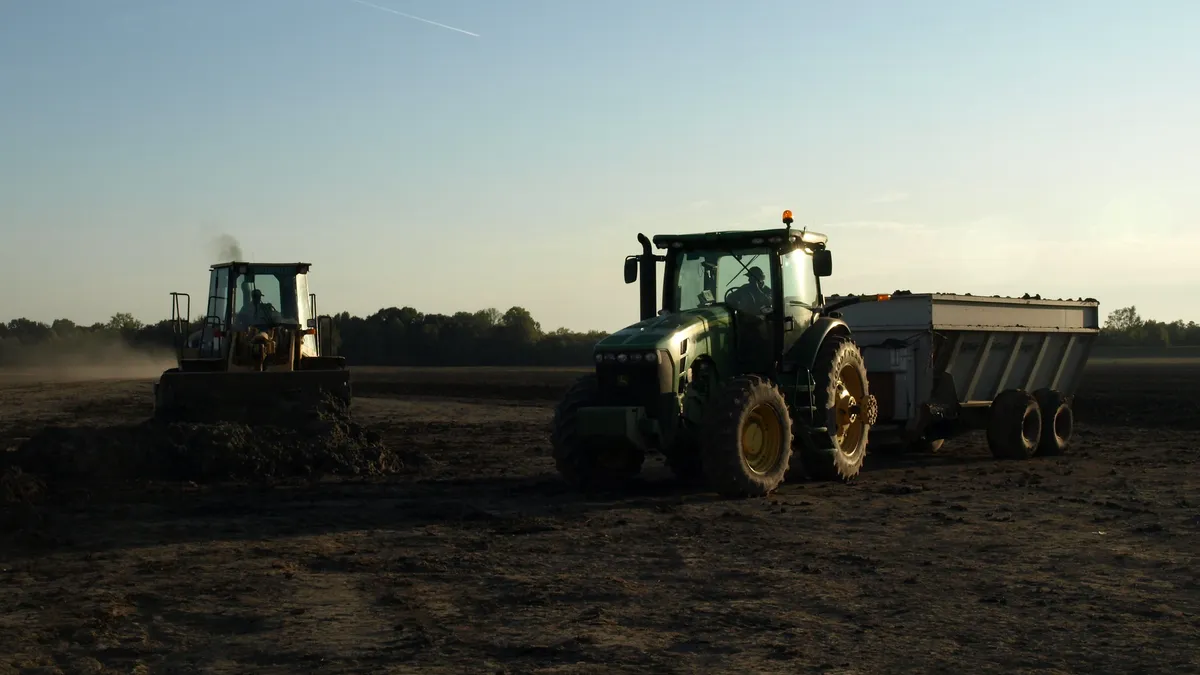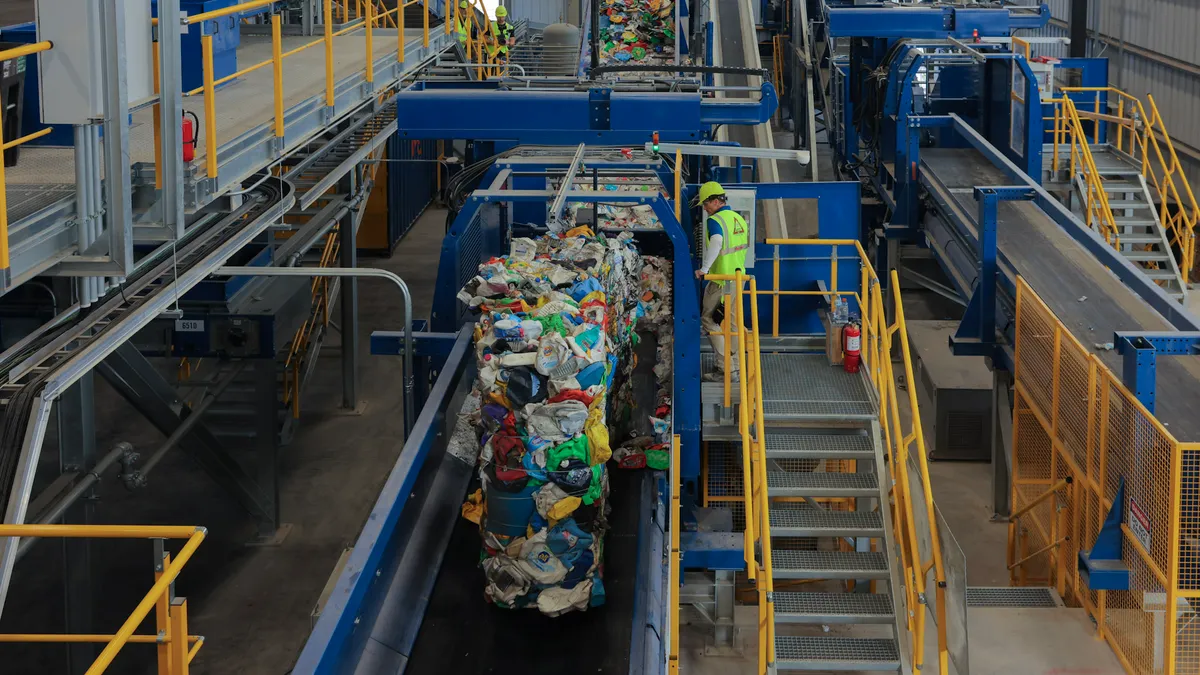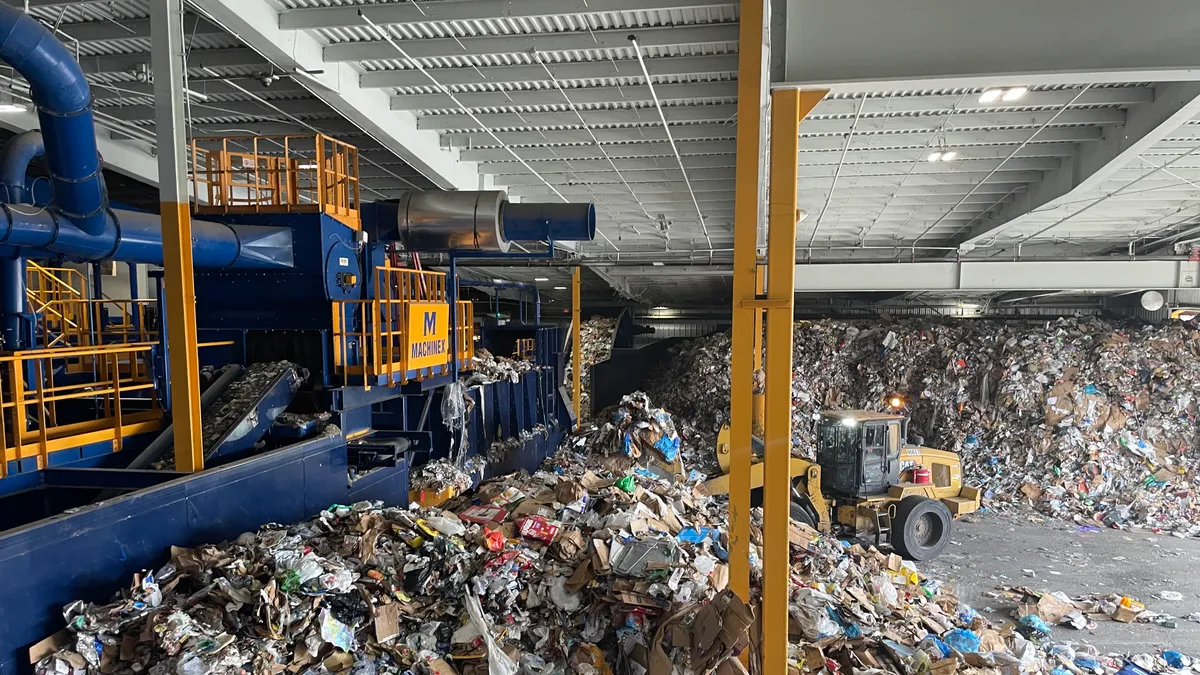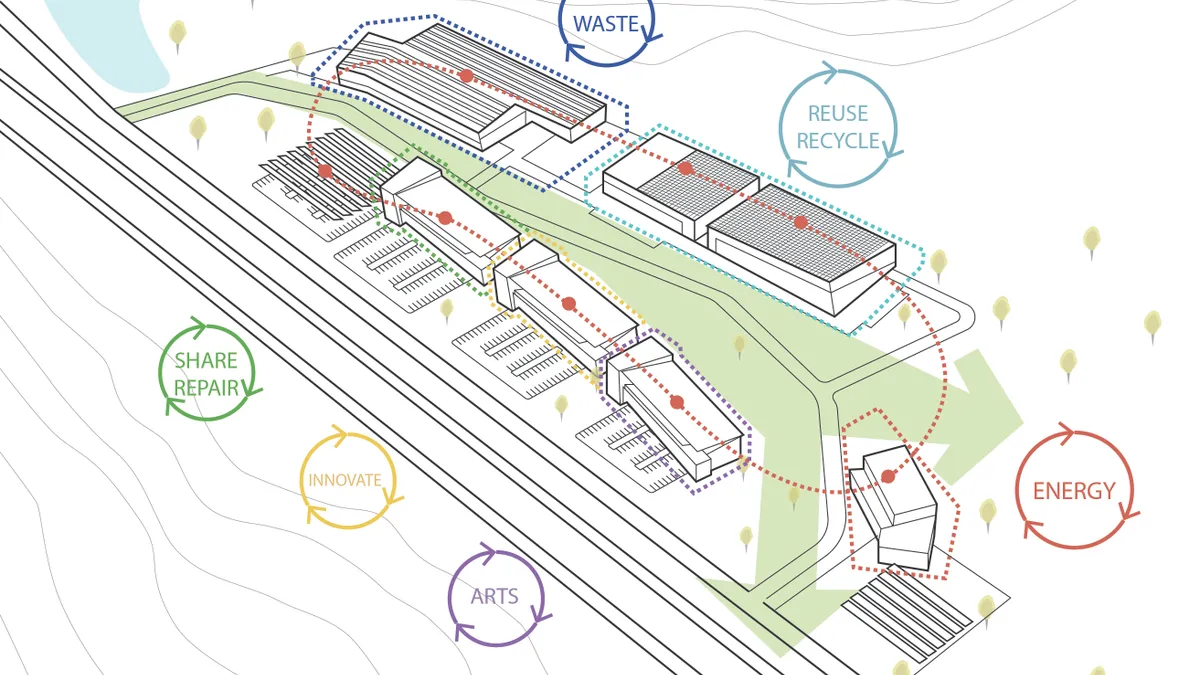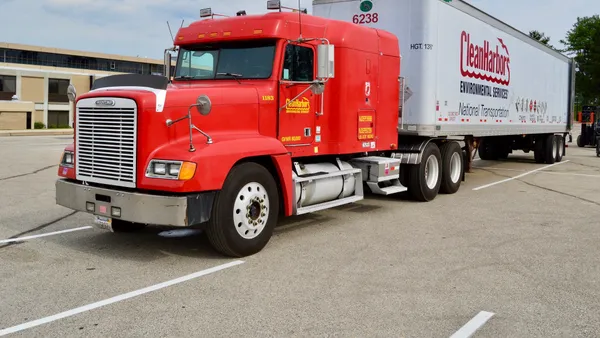As the digital age continues to evolve, the paper industry is in an extended transitional period.
Paper recycling access is nearly universal, though not without challenges — like the inevitable decrease in the consumption of many paper products. In an effort to turn this around, manufacturers and recyclers have started getting creative to ensure this nearly 2,000-year-old material still has an important role to play in an increasingly digital world.
Stabilizing the industry is seen as such a priority that a federal check-off program — more commonly used for food commodities — was formed in 2014 by the U.S. Department of Agriculture. The program, called the Paper and Packaging Board (P+PB), is supported by a majority of large paper companies and funded by an assessment on domestic manufacturers and importers of paper goods. The four categories covered by the program are printing and writing papers, Kraft, containerboard and paperboard.
Maintaining the value of paper products
P+PB's estimated $25 million annual budget is used to raise awareness around paper products, starting with the "How Life Unfolds" campaign. Launched last year across a variety of platforms, the creative campaign highlights how playing, writing letters, reading books, writing and other daily activities are all intertwined with paper products.
"We see the resilience and reusability of paper and packaging products as a key source of their value to people," said Joan Sahlgren, P+PB's director of relations, in an email. "Paper and packaging products usually lead more than one life before they head to the recycling bin."
According to P+PB, consumption of packaging and paperboard has decreased by 56 pounds per person in the U.S. since 2000. National data and local waste characterization studies show a decline in tonnages for many paper products as well. And while paper still makes up more of the recyclable stream by weight than all other materials combined (except steel), these shifts have also affected the recycling industry.
"Recovery is a function of the marketplace," said Brian Hawkinson, executive director of recovered fiber for the American Forest & Paper Association (AF&PA).
Hawkinson said that newspapers accounted for only 5.2% of recovered fiber in 2015, as compared to about 15% in 2007. Yet, while the digital shift may have led more people to read news on their devices, it has also led them to order more items from online shopping. Hawkinson notes corrugated containers were up to 68.6% in 2015 from 59% in 2007.
According to AF&PA data, recovery rates for corrugated containers also reached a record high of 92.9% last year. Additionally, recovery rates for paper and paperboard were at a record high of 66.8% and moving upward toward AF&PA’s goal of 70% by 2020.
While that recovery rate has nearly doubled since 1990, its climb has been much more gradual in recent years and keeping up the trend could be challenging.
"Increasing recovery for recycling is a function of having the infrastructure in place and then having the people who have access to recovery participate," said Hawkinson, adding that it’s crucial for residents to "reduce contamination and put the best quality recyclable materials in the carts and bins in their communities."
Community participation
AF&PA has been working with organizations such as The Recycling Partnership to help make sure this infrastructure is strong and recovering the best quality material possible. An estimated 96% of people in the U.S. now have access to some form of paper recycling, but a large amount of the material is still being sent to landfills.
Keefe Harrison, the Recycling Partnership’s executive director, estimates there may be 46 million tons of recyclable paper and packaging in homes that isn't getting recovered. More than one-third of fiber used by manufacturers now comes from recycled sources and is a valuable commodity that needs to be captured.
"We work to serve the whole supply chain because we want to get more paper and other materials flowing through," said Harrison.
The Recycling Partnership sees cart collection, often in a single-stream system, as the best way to do this. Lidded carts help prevent paper from blowing away or getting wet and are often more convenient for residents and workers. The organization has helped improve recycling access for thousands of residents in more than a hundred communities across the country in an effort to recover larger amounts of paper and other items.
Harrison noted the composition of recyclables has changed greatly in the past decade and the growing amount of new materials such as cartons means it will likely continue to do so in the future.
"The whole industry changes because packaging changes, because print media changes, and we all have to be nimble and evolve," she said.
Will paper always have a place in the market?
As these changes persist, P+PB will be continuing its efforts to reframe the conversation around paper until at least 2021, when members will vote whether to continue the program.
The organization noted its commitment to "stewardship" of forests and paper resources, emphasizing the importance of comprehensive recycling education as part of that agenda.
"For decades there has been a lot of misinformation out there, leading to unnecessary guilt about using paper and paper-based packaging products," wrote Sahlgren. "Sometimes it gets lost that our products are some of the most recycled in the world, and that we’re continually setting new records for how much pulp we recover."
Some estimates have projected that global paper consumption will increase in the coming years and categories such as corrugated continue to be some of the most valuable in the waste stream. While items like phone books may be a thing of the past, it seems likely that paper will still be part of the future.



